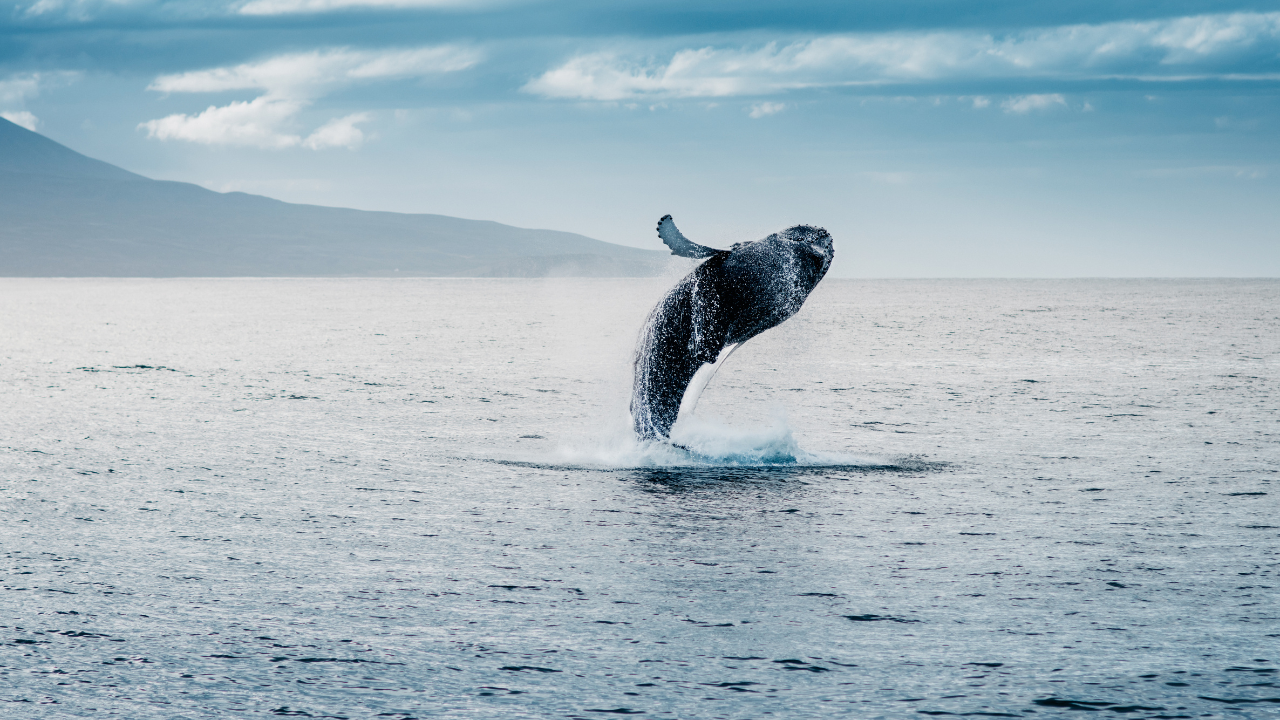Whale watching in Mexico is an unforgettable adventure that takes place from December to April, when thousands of whales migrate to the warmer waters off the coast.
There are several destinations to choose from, each with its own unique charm, including Cabo San Lucas, Puerto Vallarta, and Los Cabos.
The tours are led by experienced guides who know where to find the whales and how to approach them safely, and you can expect to learn fascinating facts about these gentle giants.
To make the most of your whale watching experience, come prepared with sunscreen, a hat, sunglasses, and a camera.
This is an adventure like no other and one that should be at the top of your bucket list.

The Best Time for Whale Watching in Mexico
Whale watching in Mexico is an experience that you don’t want to miss! The best time to go whale watching in Mexico is from December to April, when the whales migrate to the warmer waters off the coast.
But why is this the best time?
During the winter months in the northern hemisphere, the waters in the north become too cold for the whales, forcing them to migrate to warmer waters.
This is when they travel to Mexico, making it the perfect time for whale watching. In fact, Mexico is home to one of the largest marine mammal migrations in the world!
The whales you can see during this time include gray whales, humpback whales, and blue whales, among others.
Gray whales are the most common species in the region, and they are known for their playful behavior. They often come right up to the boat, giving you a chance to see them up close and personal.
So if you’re looking for a once-in-a-lifetime experience, look no further than whale watching in Mexico!
Where to Go for Whale Wanching in Mexico?
One of the reasons that make whale watching in Mexico so unique is the variety of whale species that can be spotted in different destinations along the Mexican coast.
A popular destination for whale watching in Mexico is Los Cabos, here, visitors have the opportunity to see humpback whales, gray whales, and even orcas.
Humpback whales are known for their incredible acrobatic displays, such as breaching and tail slapping, making for an unforgettable show.
Gray whales, on the other hand, are known for their friendly nature, and they often come up close to boats, allowing for an up-close encounter.
Another popular destination for whale watching in Mexico is Puerto Vallarta, where visitors can spot humpback whales, gray whales, and blue whales.
Blue whales are the largest animals on the planet and are an impressive sight to behold, visitors can witness these gentle giants swimming gracefully through the waters, making for a truly awe-inspiring experience.
Cabo San Lucas is another must-visit destination for whale watching, tourists can see humpback whales, gray whales, and even the elusive Bryde’s whale.
These beautiful creatures are known for their lengthy songs, which can be heard through hydrophones on board the boat. It’s an unforgettable experience to listen to these beautiful songs while watching the whales swim gracefully through the waters.
Whether you choose to visit Los Cabos, Puerto Vallarta, or Cabo San Lucas, you’re sure to be in for an unforgettable adventure.

Tips for Whale Watching in Mexico
To ensure that you make the most of this incredible adventure, there are a few tips to keep in mind.
First and foremost, it’s important to dress in layers when whale watching in Mexico. The weather can be unpredictable, and you’ll want to be prepared for any changes in temperature.
You may start out feeling chilly in the early morning, but as the day progresses, the temperature can rise quickly, so it’s important to have layers that you can take off or put on as needed.
Secondly, it’s crucial to bring sunscreen, a hat, and sunglasses to protect yourself from the sun. The Mexican sun can be strong, and you don’t want to end up with a painful sunburn ruining your trip.
Additionally, a hat and sunglasses will help to shield your eyes from the bright glare of the sun, allowing you to focus on spotting the whales in the distance.
Thirdly, it’s essential to bring a camera along on your whale watching adventure. You’ll have the opportunity to witness some of the most incredible moments of your life, such as breaching whales or baby whales swimming alongside their mothers.
Having a camera on hand will allow you to capture these amazing moments and treasure them forever.
Lastly, it’s important to be patient while whale watching in Mexico. Whales are wild animals, and their behavior can be unpredictable.
Sometimes, you may have to wait for a while before catching a glimpse of a whale, but when you do, it’s truly worth the wait.
So relax, enjoy the beautiful surroundings, and wait for nature to put on a show for you.
In conclusion, whale watching in Mexico is a truly magical experience that allows visitors to witness some of the most magnificent creatures on the planet in their natural habitat.

